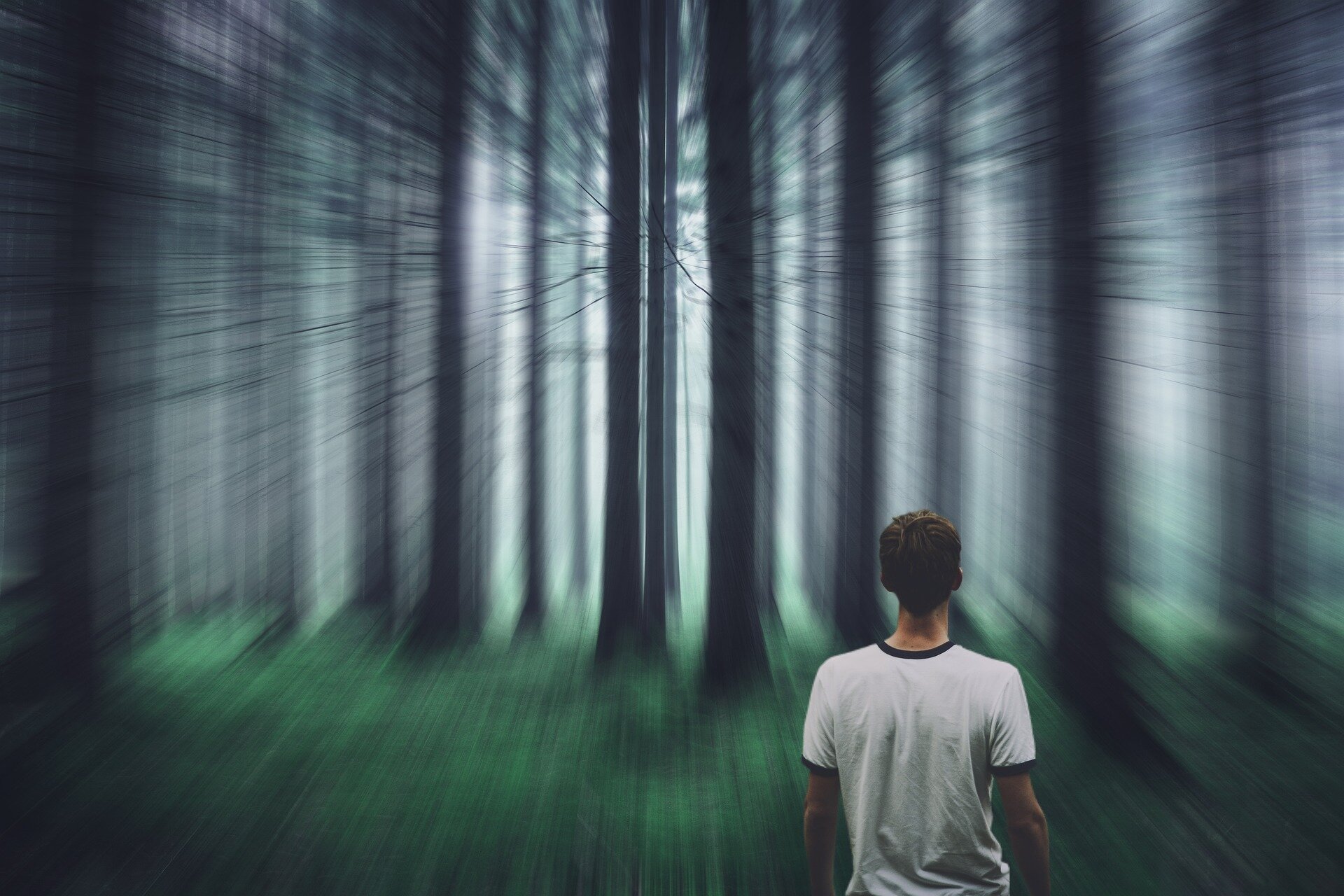
LSD (lysergic acid diethylamide) is a powerful psychedelic substance that produces profound alterations in perception, cognition, and consciousness. Here’s an educational overview of what typically happens during an LSD experience:
Pharmacology and Onset
LSD works primarily by binding to serotonin receptors in the brain, particularly the 5-HT2A receptors. When ingested orally (typically as a small paper tab, liquid, or gel tab):
- Effects typically begin within 30-60 minutes
- Peak effects occur at 2-4 hours
- The entire experience usually lasts 8-12 hours
- The substance is active at extremely small doses (measured in micrograms)
Perceptual Changes

One of the most notable aspects of the LSD experience is altered perception:
- Visual changes: Intensified colors, moving patterns, trails behind moving objects, geometric forms, and sometimes more complex hallucinations
- Synesthesia: Crossing of sensory pathways (e.g., “seeing” sounds or “hearing” colors)
- Enhanced sensory awareness: Sounds, textures, and tastes may seem extraordinarily vivid
- Time distortion: Minutes might feel like hours, or complex experiences may seem to happen instantaneously
Cognitive and Emotional Effects
The psychological experience can vary greatly between individuals and depends on mindset, setting, and dosage:
- Altered thought patterns and associations
- Heightened introspection and self-reflection
- Decreased ego boundaries (feeling of connection with surroundings)
- Profound personal insights or realizations
- Emotional amplification (both positive and negative)
- Potential for spiritual or mystical experiences
- At higher doses, temporary ego dissolution (loss of sense of self)
Phases of the Experience

A typical LSD trip progresses through several phases:
- Onset (30-60 minutes): Subtle changes in perception, possible anxiety or excitement
- Come-up (1-2 hours): Intensifying effects, adjustment to altered state
- Peak (2-4 hours): Strongest effects, most profound alterations in perception and cognition
- Plateau (3-5 hours): Sustained intensity of effects
- Come-down (6-10 hours): Gradual return to baseline consciousness
- Afterglow (next day): Subtle residual effects, often described as a positive mood lift
Context and Setting
Research has consistently shown that the experience is heavily influenced by:
- Set: One’s mindset, expectations, and emotional state
- Setting: The physical and social environment
- Dosage: Higher doses produce more intense and unpredictable effects
- Support: Having trusted guides or companions present
Medical and Therapeutic Research

In recent years, there’s been renewed scientific interest in LSD for therapeutic applications, including:
- Treatment of depression and anxiety
- Addressing addiction disorders
- End-of-life care and existential distress
- PTSD treatment
Conclusion
LSD produces profound but temporary changes in perception, cognition, and consciousness by acting on serotonin receptors in the brain. The experience typically lasts 8-12 hours, progressing from onset through peak effects to a gradual return to normal consciousness. While physically relatively safe, the psychological effects can be intense and unpredictable, heavily influenced by one’s mindset, physical setting, and dosage. Modern research is exploring potential therapeutic applications for conditions like depression, anxiety, and addiction, though LSD remains illegal in most jurisdictions. Understanding the nature of psychedelic experiences contributes to our knowledge of consciousness and brain function, regardless of one’s personal stance on these substances.






